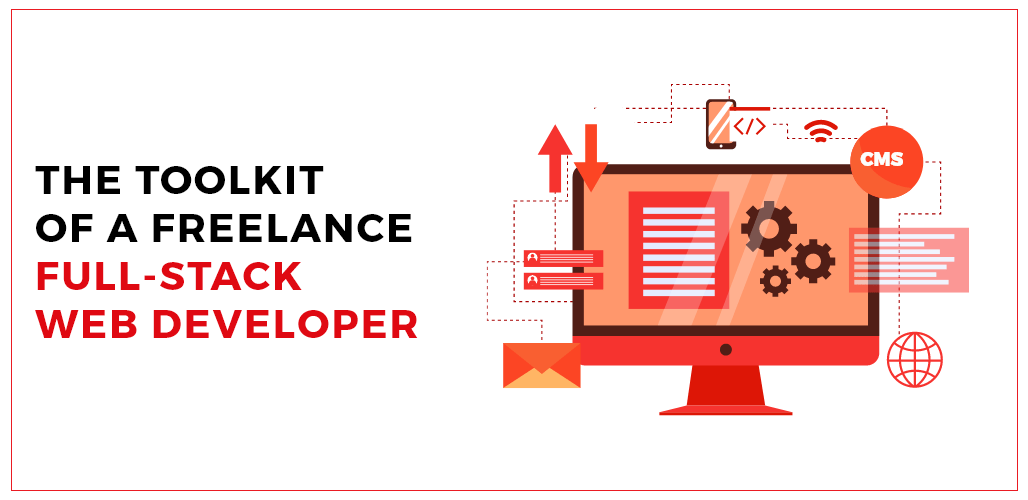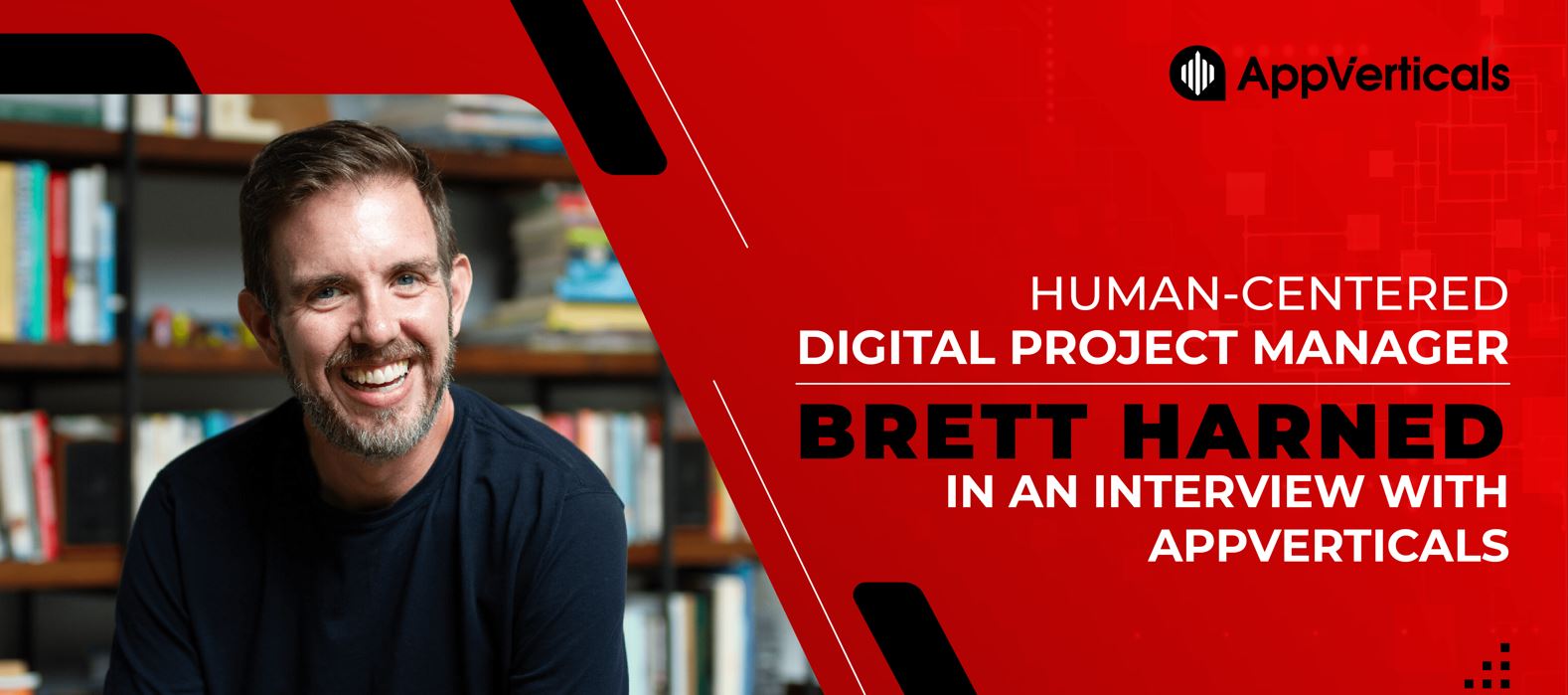What is Back-End Development?
Backend development guide refers to operations carried out on websites that are part of larger programs. As opposed to front-end development, which concentrates on customer-facing services and programs, back-end development encompasses server-side web application logic and integration as well as activities like designing APIs, establishing libraries, and dealing with system components. Back-end developers manage what you can’t see by looking after and maintaining a website’s back-end, which includes databases, servers, and apps.
What does the back-end developer do?
The “back-end” of a website refers to the functionality that takes place in the background. A website is powered by a combination of technology and programming, made up of three components that users never see: a server, an application, and a database. A website is operated by the back end; although the user cannot see or interact with it, it is constantly active in the background and provides functionality and a desktop-like experience. In web development teams, back-end developers play a crucial role in ensuring that data or services required by the front-end system or program are delivered.
The back end comprises a database and server-side language-written programs run on web servers, cloud-based servers, or a combination of both. Back-end developers utilize languages like PHP, Ruby, Python, Java, and.Net to build an application and tools like MySQL, Oracle, and SQL Server to find, store, or alter data and serve it to the user in front-end code in order to make the server, application, and database communicate with one another. Back-end engineers use the technologies above to produce web apps with clean, well-documented code after speaking with a business owner and learning about their needs and technical constraints.
Skills Required for a Back-end Developer
Back-end Language
Language is the foundation of the development industry; thus, you must have a solid knowledge of it. The three main languages used by large IT companies are Java, Python, and PHP.
Java: Due to its portability and exceptional performance, Java is one of the most robust programming languages and is utilized by numerous major tech organizations (including Google, Amazon, Facebook, and others). Today, it is used to build highly functional applications and dynamic web pages.
Python: This language is used to automate processes, analyze data, create websites, and much more.
PHP: PHP is one of the most popular languages used by developers today. More than 80% of websites today are powered by PHP, which is also a beneficial language for the back end as it automates tasks and makes developers’ jobs easier.
Back-end Frameworks
Back-end developers use specific tools to plan a website’s architecture. Frameworks simplify the procedure. Additionally, it aids with security and scalability. The developers can choose from a variety of frameworks to build web apps that are fast and adaptable.
Rust on Rails: This framework stands out from the rest in a number of ways. It can aid in localization and has automated testing, libraries, and scaffolding. Additionally, it is a Ruby-based open-source framework for creating web applications.
Django: One of the top Python-based web frameworks that are open-source. Scalability and security are aided. In addition, it uses asynchronous programming and contains a battery.
Flask: Another Python-based web app framework is Flask, which many developers choose since it allows them to build contemporary web apps. Some of Flask’s key features are WSGI support, templating, quick development and deployment, and an integrated development server.
Algorithms
The cornerstone for solving problems is an algorithm. They choose the strategy and the best technique for any specific issue. A back-end developer’s ability to find employment is constrained by a lack of understanding in this area. A back-end developer should be familiar with the following algorithms:
- Searching algorithms like Depth First Search and Breadth-First Search.
- Algorithms for sorting data, including the bubble sort, selection sort, insertion sort, merge sort, rapid sort, etc.
- Iterative and recursive algorithms
Databases
Learn how to stack databases and recover data from them. Although front-end developers can interact and connect to databases, server-side development is now the preferred technique to manage privileged and exceptional access to that information, including storage and recovery. As your knowledge allows, start with excellent social-style databases and move on to chart databases.
APIs
Web apps can be accessed by more than just web browsers. Along with its main website, a business frequently provides an iOS or Android mobile app. Some applications run on programs that primarily use JavaScript rather than HTML generated on the server (through structures like React, Vue, or Angular). These apps need an Application Programmer Interface, or API, to connect with in order to retrieve data for the display.
Although HTML may be useful for generating content for web browsers, there are many better settings for information that other projects will use. The two most widely used formats for API data are XML and JSON, which stand for eXtensible Markup Language, and JavaScript Object Notation, respectively.
Content Management Systems (CMS)
Most websites use a content management system (CMS) to produce, edit, and manage content. Even without technical knowledge, a CMS enables website owners to manage their own sites. You are a back-end developer; thus, you are aware of how to build a website without a CMS. However, many of the websites you work on already have one or will require one soon. Back-end developers are frequently enlisted to improve or troubleshoot an existing CMS. You may even design your own CMS from scratch. However, you’ll operate with the most widely used content management systems currently in use, such as:
- WordPress
- Joomla!
- Magento
- Wix
Good Communication Skills
Back-end web development requires good teamwork and efficient communication skills. Back-end developers are typically part of a bigger development team that collaborates on various projects together. An essential component of back-end development is the ability to clearly convey timelines and any concerns.
Distributed Design Systems
Understanding the design of distributed systems is another essential ability for back-end developers. In back-end developer interviews, it is a crucial area for evaluation. Core design elements like loading, caching, databases, network protocols, MapReduce, API modeling, parallelism, sharding approaches, and design case studies are frequently covered in questions. It is strongly advised that you devote at least two to three weeks to creating your design thoughts, especially if you’re getting ready for interviews with senior engineers. During on-site company interviews, back-end developer interview questions that are present in design rounds are posed. Therefore, it is advised that you concentrate on learning coding topics for the first section and start preparing for your design interview a few days following the technical phone interview.
Conclusion
If you’re prepared to invest the time to learn these sophisticated abilities, a career in back-end web development can be very lucrative. Do we suggest? Lay the groundwork for your front end with HTML, CSS, and JavaScript. Consider studying back-end skills as your next step if you enjoy learning and using such languages and gain some experience developing front-end websites. Remember that once you start learning tech skills, you can never quit, and having more abilities opens up more choices.








